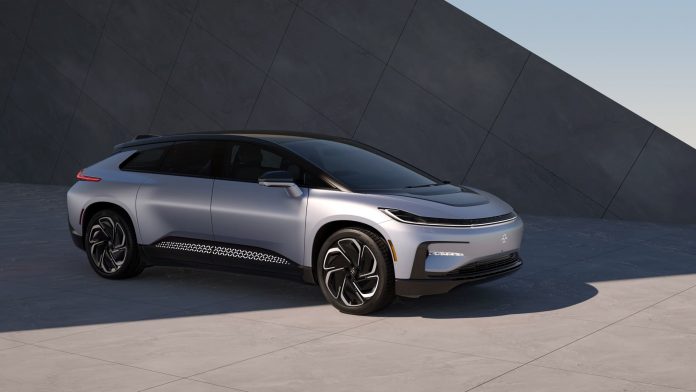With cash yet again running short, EV startup Faraday Future could be forced to shut down before the end of the year, it warned in a federal filing.
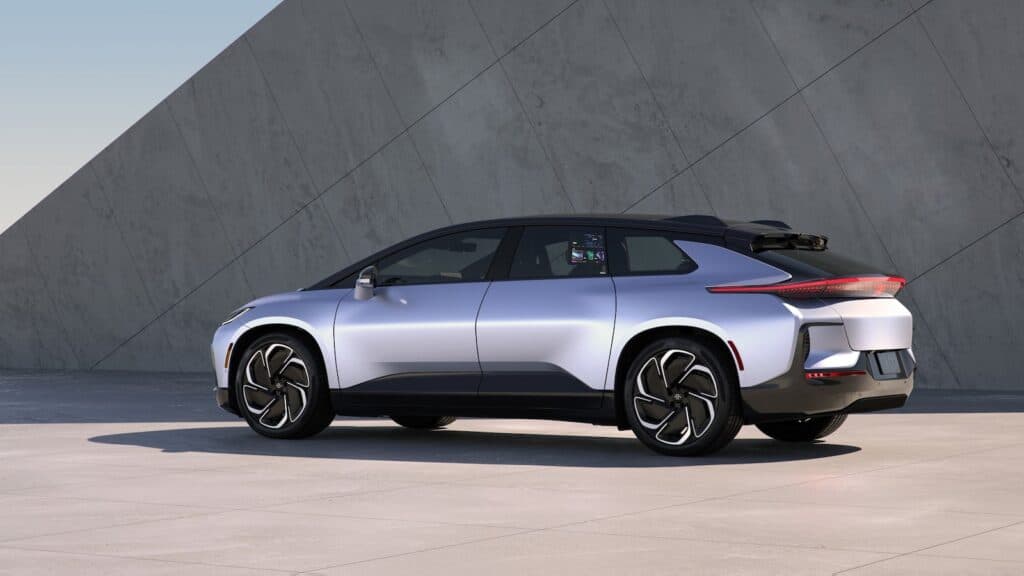
The company had been hoping to finally get its FF 91 supercar into production — a goal it first announced during a highly attended event at the Consumer Electronics Show in January 2017. But Faraday has been plagued by a series of setbacks, starting with the loss of its primary backer, Chinese entrepreneur Jia Yueting.
“The company needs additional cash to commercially launch the FF 91 and is currently seeking to raise additional capital to fund its operations through Dec. 31, 2022,” the struggling automaker said in a filing with the U.S. Securities and Exchange Commission described on Faraday’s website as a “Report of unscheduled material events or corporate event.”
According to various media reports, Faraday Future estimates it will need at least $325 million to push through to production of the FF 91, which is expected to cost around $300,000.
You’re still here?
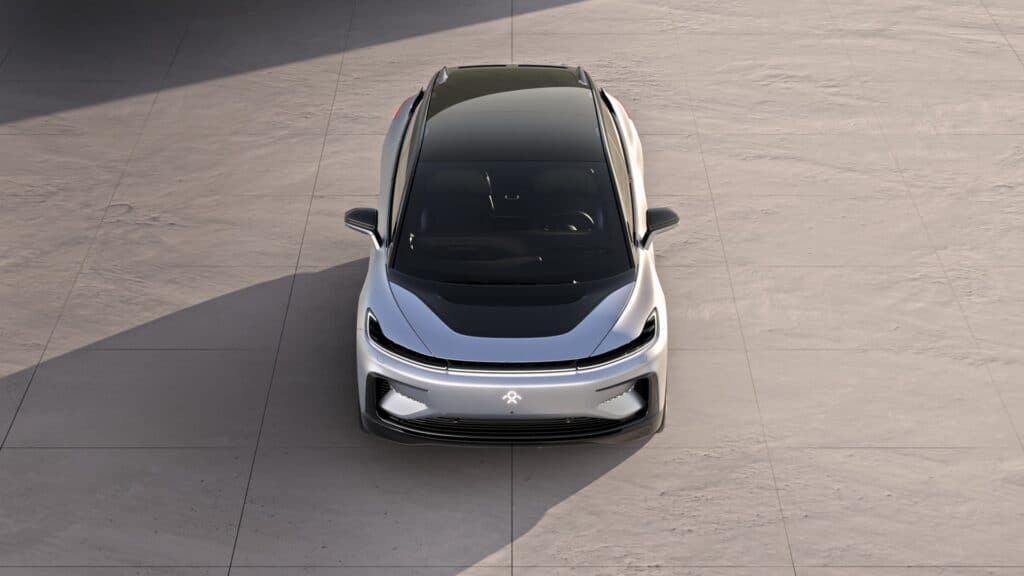
Some of those who follow the EV industry might be surprised that Faraday is actually still in business — though the company’s future seemed bright not that many years ago when it staged a series of annual previews at CES. That reached a crescendo in 2017 when Jia — often billed as the Chinese Steve Jobs — and CEO Ding Lei unveiled the FF 91.
It was expected to deliver at least 1,000 horsepower out of its three-motor drivetrain, enough to hit 60 mph in about 2.4 seconds. It featured an array of technologies, including an autonomous driving system, and boasted a lavishly appointed interior.
The executives promised the FF 91 would be in production by sometime in 2018, assembled at a new plant in the suburbs of Las Vegas.
But, by July 2017, they were forced to scrap plans for the factory which was, at that point, in the early stages of construction.
Founder walks away
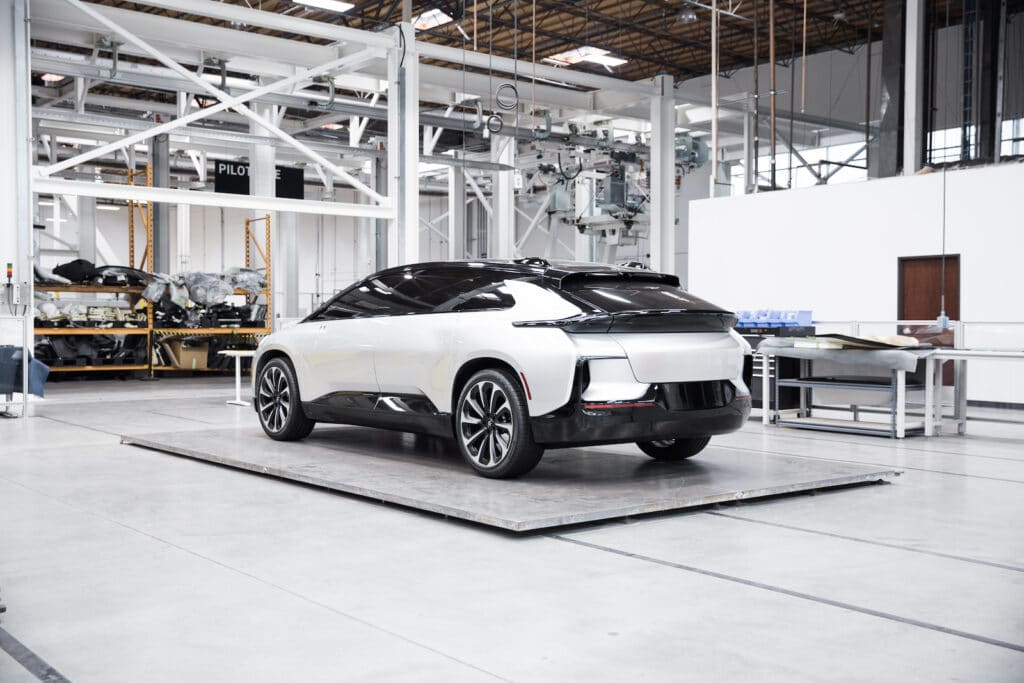
Compounding matters, Jia ran into a spate of financial issues back in China. That forced him to walk away not only from Faraday Future but a second EV startup he was backing, LeEco.
Since then, Faraday has struggled to line up additional cash, pull together a new production site, and complete development of the FF 91.
Two years ago, it lined up a $225 million bridge loan from Birch Lake Fund Management LP, as well as a deal with Chinese videogame company The9 Limited agreed to pump in $600 million in three tranches.
A promising SPAC deal
Then, in 2021, it entered into a SPAC merger that listed it on the Nasdaq and appeared to give it access to another billion dollars in cash. But, after peaking at $13.58 a share shortly after that deal was completed, Faraday’s shares have all but steadily plummeted. By late morning Monday, Aug. 1 its stock stood at $2.08 a share, a nearly 6% drop for the day — and near its 52-week low of $1.65.
Despite its current cash crunch, Faraday continues trying to put forward a positive spin. In February 2022 it rolled out a “production-intent” version of the FF 91 during a ceremony at its new assembly plant in Hanford, California.
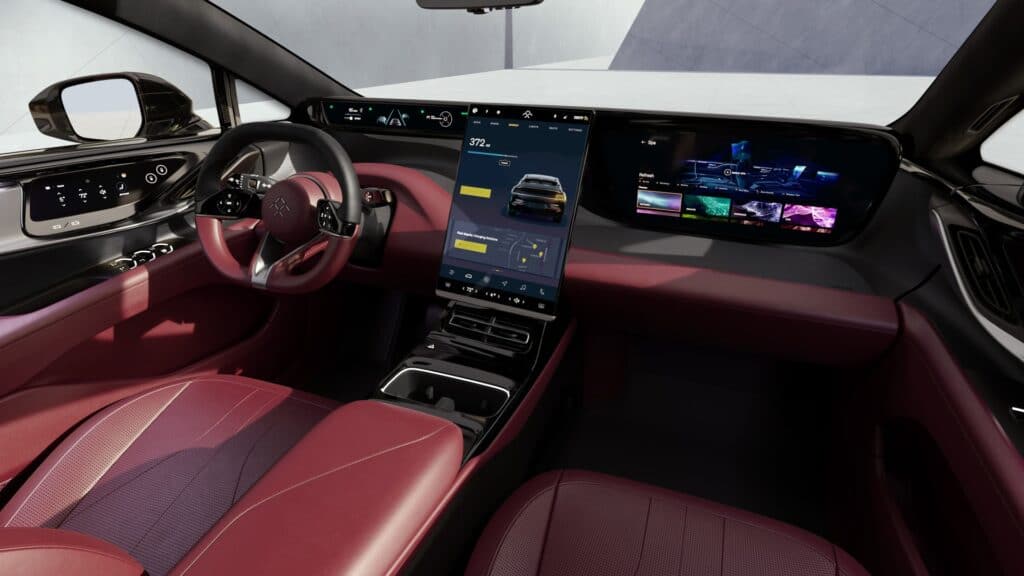
And a number of prototypes have been spotted on public roads undergoing development.
Meanwhile, the startup has also worked up a relationship with China’s Geely to assist on that development program. In addition, Geely has expressed a willingness to handle some production of the FF 91 in China, though it’s unclear if that could occur — even if Faraday Future can raise some necessary cash.
Shareholder group offers a carrot — with a stick
While there had been some indication Jia Yueting might want to regain a key role in the company, his involvement has been restricted as a result of an SEC investigation.
Meanwhile, a group of shareholders has expressed a willingness to come up with what they described in their own federal filing on July 15 as “at least $100 million.” But, for now, the automaker has rejected the conditions set by those investors.
It may have increasingly limited options, however, at least based on the dire tone of its latest SEC filing. But even that money might not be enough to keep the lights on.

